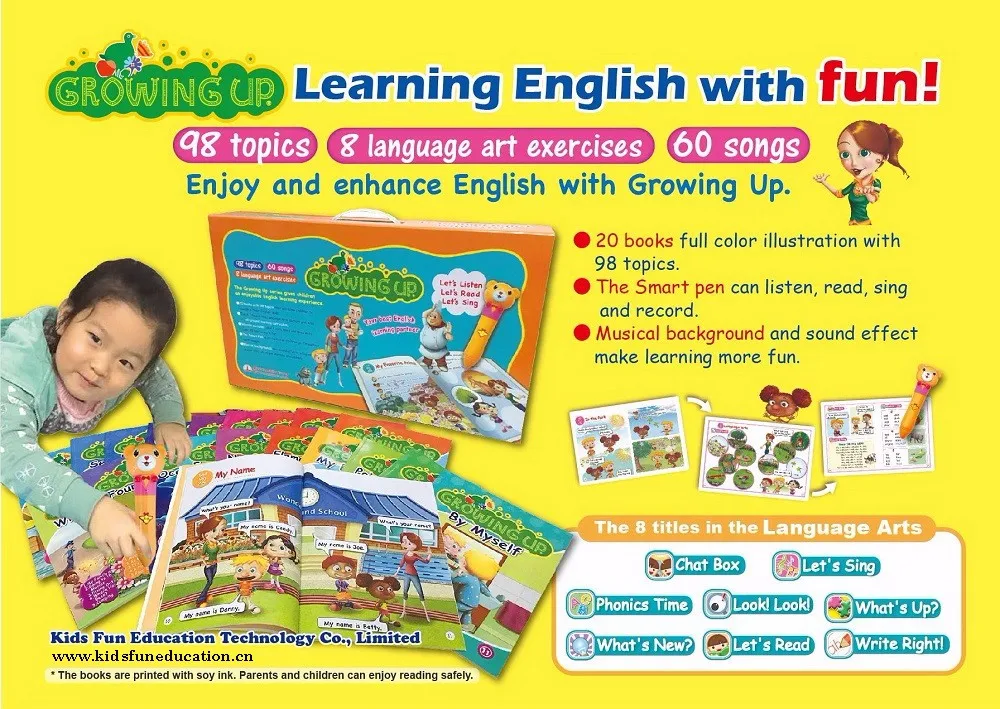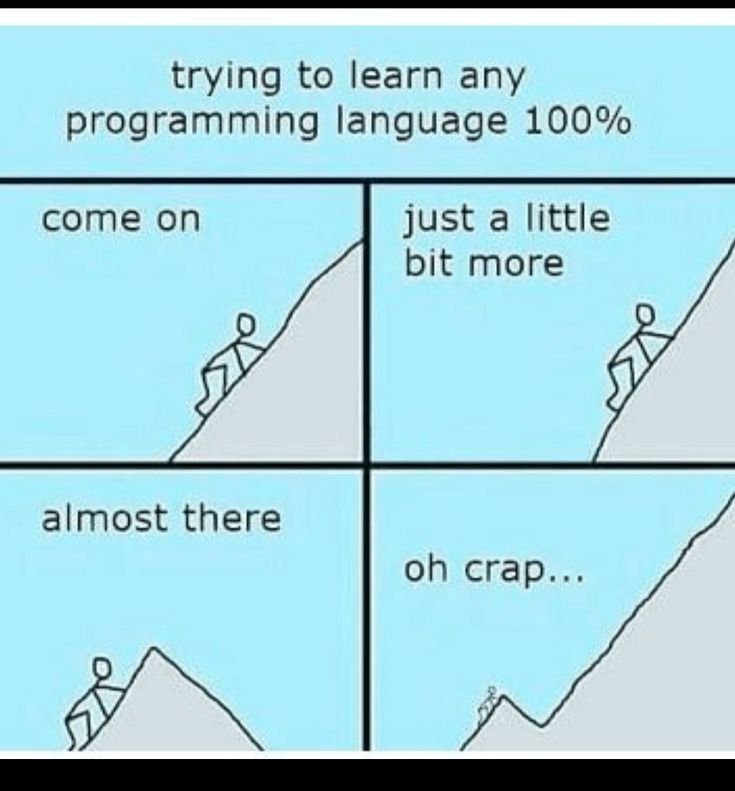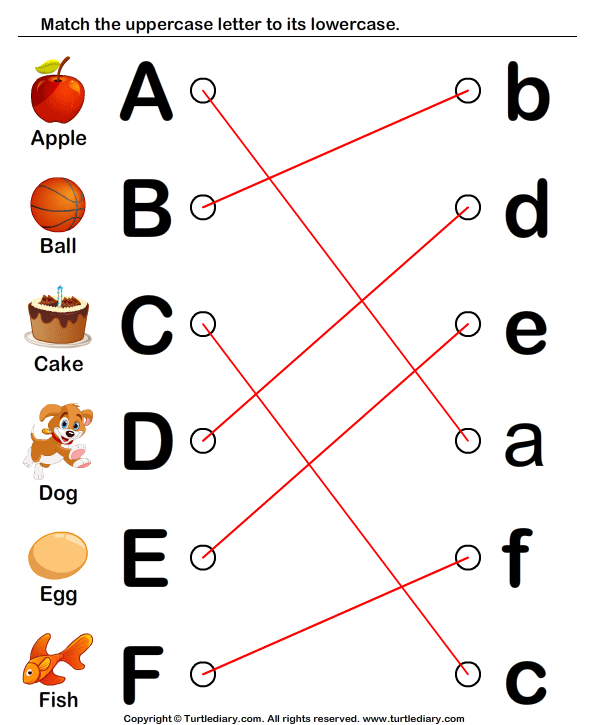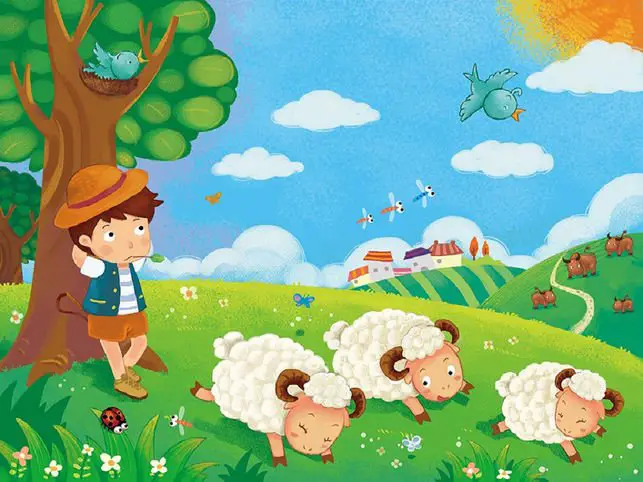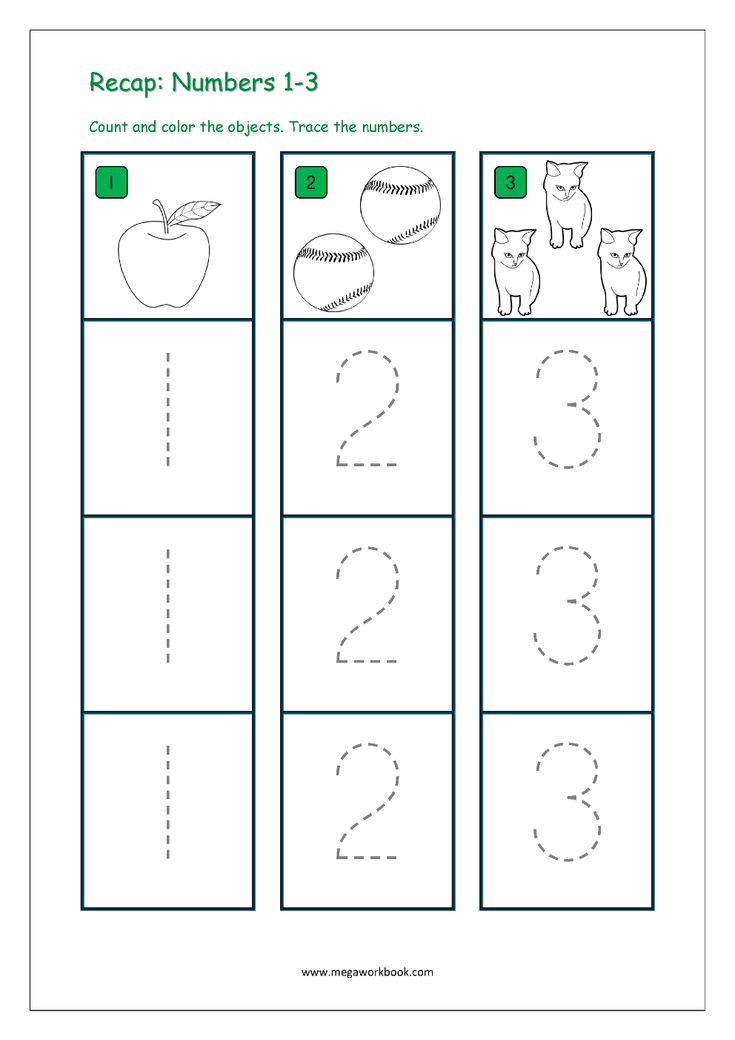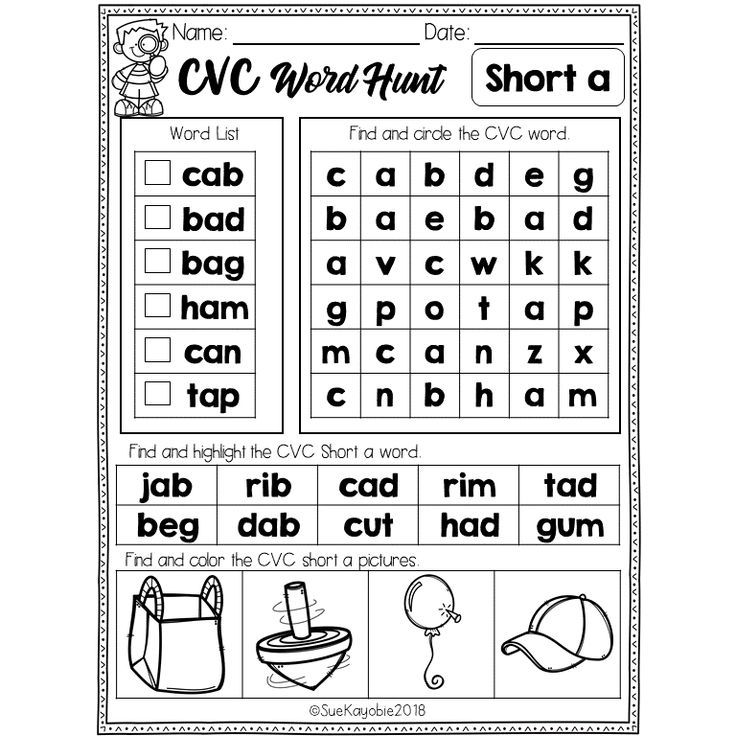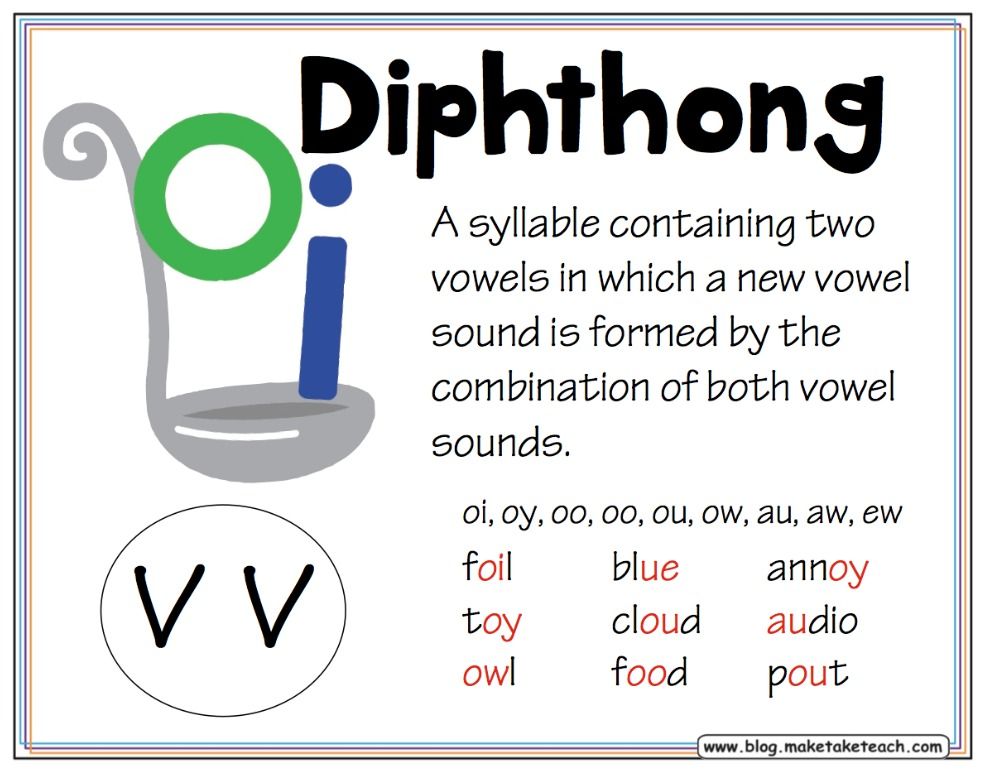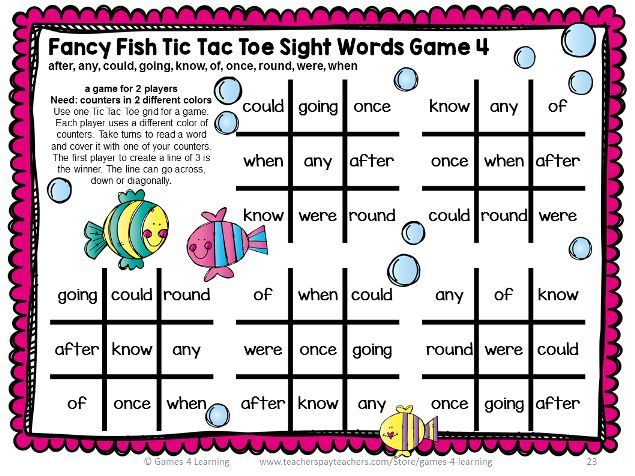Adding for first grade
Addition Strategies for First Graders
Home » Blog » Operations » Addition » Addition Strategies for First Graders
Written by: Angie Olson
365 shares
- Share194
- Tweet
First grade is the year that students are developing their foundational mathematical skills. It is critical that when learning how to add numbers, our students are learning and understanding HOW to use a math algorithm to find an answer and also able to explain WHY they are doing so. When I teach my students addition, they have a solid understanding of numbers and place value first. Then I introduce different addition strategies. After some practice with these strategies, the focus can shift to memorization of facts. This, of course, comes later.
Some strategies that I like to use when teaching addition are:
(these are all covered in the First Grade Addition Interactive Notebook)
1. Zero Facts
2. Turn-Around Facts
3. Counting On
4. Doubles Facts
5. Using Fingers
6. Using Manipulatives
7. Near Doubles
8. Make a Ten
9. Part Part Whole
10. Combining Numbers
11. Tally Marks
12. Ten Frames
13. Fingers
Download Addition Strategies Flip Flaps HERE
Another important component to teaching any new unit in math is to teach the vocabulary words that go with the concept. This particular interactive math notebook activity includes 10 vocabulary words with definitions. You could have your students glue their definitions under the vocabulary word or write the definition themselves.
Download Addition Vocabulary Flaps HERE
This First Grade Addition Strategies Notebook includes all of the strategies you read from above along with activities for practice of these addition strategies. I believe most first graders benefit from using manipulatives when learning a math skill so these interactive notebook activities were designed to accompany some of the most basic math manipulatives such as dice, counters, dominoes, etc.
Download All Things 1st Grade Interactive Notebooks HERE
My favorite part about this First Grade Addition Strategies Notebook is the word problem story mats. Word problems seem to always be a trickier concept for students to master so I knew that I wanted to find a way for students to practice this skill in a practical way. That’s when these word problem story mats came to life!
I love that there are pictures provided for each story or I can use any math manipulative that I have laying around my classroom. These word problem story mats can also be easily differentiated. For the struggling student, I would use these as a part of their math center. I would provide the story prompt and a limited number of counters. I can also see this being used with at grade level students by having them work with a partner to determine a story, place counters on the story mat, and write the addition sentence to go with the word problem. For the advanced first graders, I would provide the story mats and an increased number of counters. Then they would work independently or with a partner to write a word problem of their own along with the addition sentence to go with the word problem. The First Grade Addition Notebook includes 5 different stories with counters.
Then they would work independently or with a partner to write a word problem of their own along with the addition sentence to go with the word problem. The First Grade Addition Notebook includes 5 different stories with counters.
Download Word Problem Story Mats HERE
Feel free to use the image below to save this post to your Pinterest board. Happy Teaching! 🙂
365 shares
- Share194
- Tweet
1st Grade Math Worksheets
Share to PinterestPinterestShare to FacebookFacebookShare to PocketPocketShare to TwitterTwitterShare to EmailEmailShare to FlipboardFlipboardWorksheets
Printables
PuzzlesT-Shirts
Math Worksheets
Go Ad Free!
Core Math Worksheets
Fraction Worksheets
Word Problems
Algebra
Other Worksheets
Measurement & Conversions
Patterns and Puzzles
Color by Number
Holiday & Seasonal
Early Learning
Printables
Calculators
Math Worksheets by Grade
Worksheet News
Base 10 Blocks
Base ten blocks worksheets that teach basic addition, subtraction, number sense and place value using visual representations of quantity.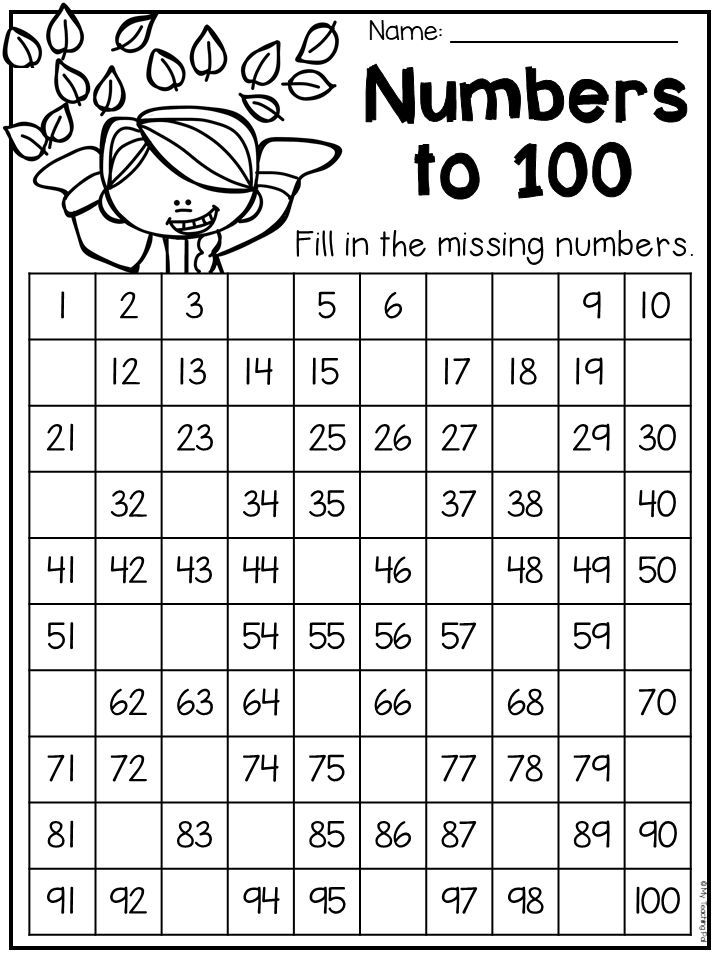 Get your first grade student started with these basic math skill worksheets!
Get your first grade student started with these basic math skill worksheets!
Base 10 Blocks
Addition Worksheets
This is the main page for the addition worksheets. Follow the links for Spaceship Math Addition worksheets, multiple digit addition worksheets, no-carrying addition worksheets and other addition topics. These addition worksheets are free for personal or classroom use.
Addition Worksheets
Subtraction Worksheets
This is the main page for the subtraction worksheets. Follow the links for Spaceship Math Subtraction worksheets, timed subtraction tests, multiple digit subtraction worksheets, simple borrowing and regrouping worksheets, and math worksheets with mixed addition and subtraction problems
Subtraction Worksheets
Fact Family Worksheets
Fact family worksheets focus on sets of related math facts, not specific operations.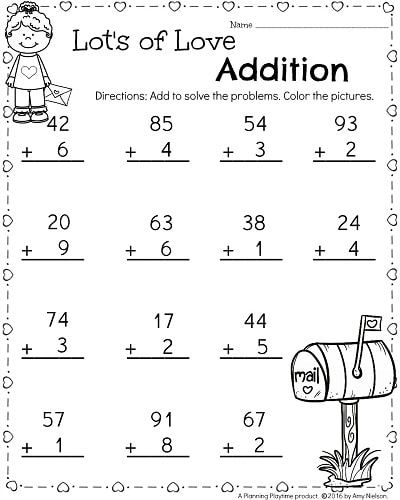 Teach your kids addition and subtraction at the same time, and reinforce the relationships in a fact family! Two fact families are introduced at each level and allow for progressive practice, or just use the worksheets at the end for comprehensive fact family review.
Teach your kids addition and subtraction at the same time, and reinforce the relationships in a fact family! Two fact families are introduced at each level and allow for progressive practice, or just use the worksheets at the end for comprehensive fact family review.
Fact Family Worksheets
Ordering Numbers
Practice ordering numbers worksheets for with multiple numbers in ascending (greatest to least) and descending (least to greatest) orders. Includes whole numbers, decimal numbers and negative numbers. Similar sets of ordering numbers worksheets are presented in both horizontal and vertical formats.
Ordering Numbers
Printable Flash Cards
This page contains free printable flash cards for each math operation. Print the 'worksheet' on the front, then turn the page over and print the 'answer key' version on the back. Some sets have duplicate facts for the more difficult problems near the end so that the sets end up on a multiple of pages.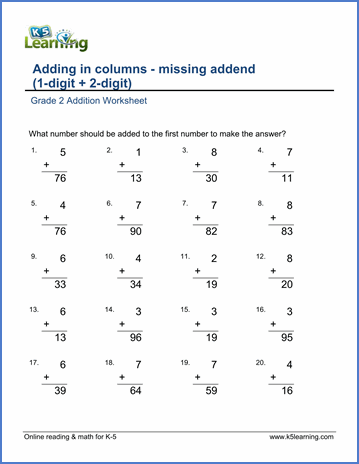 Those cards are clearly marked as duplicates... use them for extra practice on the harder problems, or put them aside if you want a set with only one flash card for each math fact.
Those cards are clearly marked as duplicates... use them for extra practice on the harder problems, or put them aside if you want a set with only one flash card for each math fact.
Printable Flash Cards
Hundreds Chart
Every hundreds chart you could imagine! If you're teaching basic counting, number sense, rounding or the basics of arithmetic, you can use a number chart like one of these to speed up building math skills.
Hundreds Chart
Place Value Chart
This page has printable place value charts. In the decimal numbering system, the position (or 'place') of an individual digit in a number determines its value relative to other digits. When a number is written in standard form with groups of three place values separated by commas, each of those groups is called a period. Building number sense by understanding place values is an important early math skill, and these place value charts provide a way to break numbers down to better understand the significane of each digit.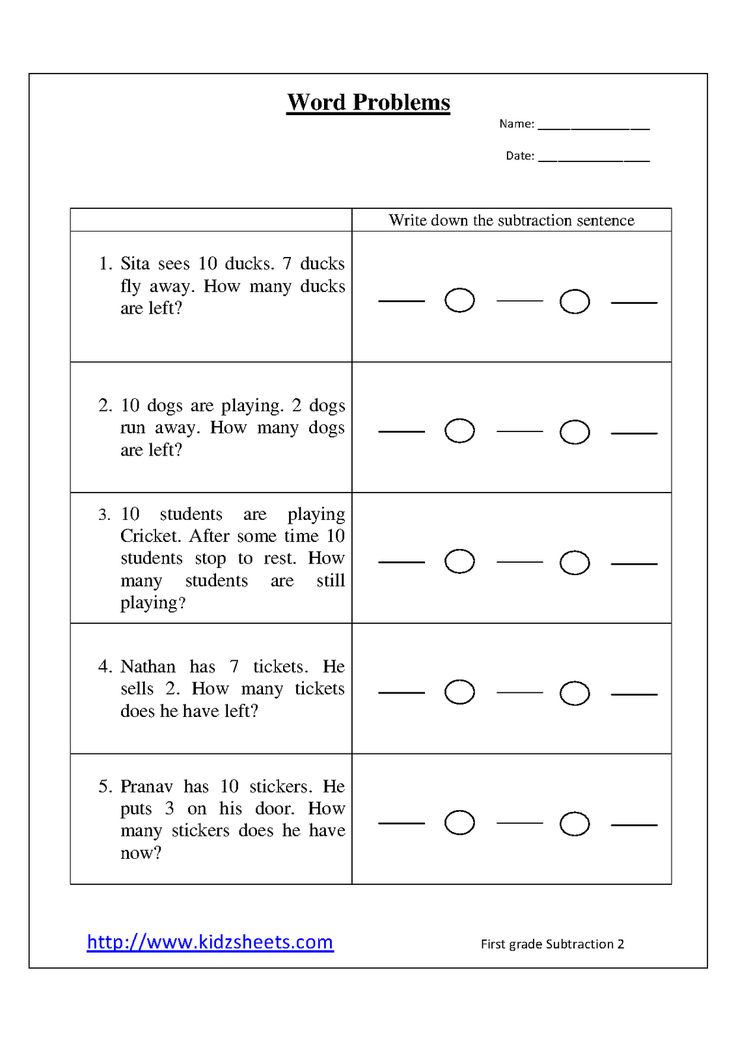 There are place value chart variations for whole numbers only, decimal numbers, and very large numbers. There are different place value chart layouts that reinforce just the place value as well as the period value.
There are place value chart variations for whole numbers only, decimal numbers, and very large numbers. There are different place value chart layouts that reinforce just the place value as well as the period value.
Place Value Chart
Telling Analog Time
Practice worksheets for telling analog clock time, including both reading time and drawing clock faces.
Telling Analog Time
Handwriting Paper
Printable hand writing paper templates in a variety of line heights, including 3-line practice paper in both normal and wide layouts, blank story paper, and regular lined paper for older grade students. Check out the numbered blank spelling test templates!
Handwriting Paper
Graph Paper
Free printable graph paper, grid paper and dot paper for math problems, crafts, zentangling, landscape design, architecture or just simple doodling. All graph paper styles include inch and centimeter variations.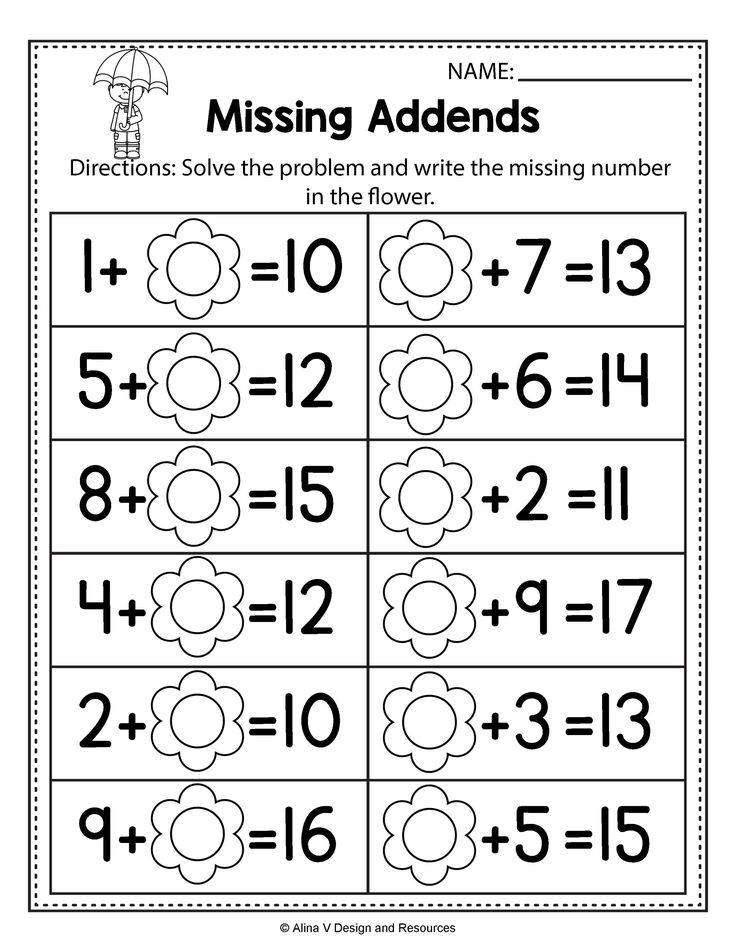 All of these PDF files are designed to print on 8.5 x 11 inch paper.
All of these PDF files are designed to print on 8.5 x 11 inch paper.
Graph Paper
Picture Math Addition
These printable worksheets use pictures and grouping to build a conceptual understanding of addition. These worksheets start out with simple addition picture problems where only basic counting skills are required to come up with addition number sentences, but later worksheets require students to produce a similar grid illustration to demonstrate their understanding of addition concepts. These are a perfect first instruction to addition for students in preschool, kindergarten or first grade.
Picture Math Addition
Picture Math Subtraction
These printable worksheets use pictures and grouping to build a conceptual understanding of subtraction. These worksheets start out with simple subtraction picture problems where only basic counting skills are required to come up with subtraction number sentences, but later worksheets require students to produce a similar grid illustration to demonstrate their understanding of subtraction concepts.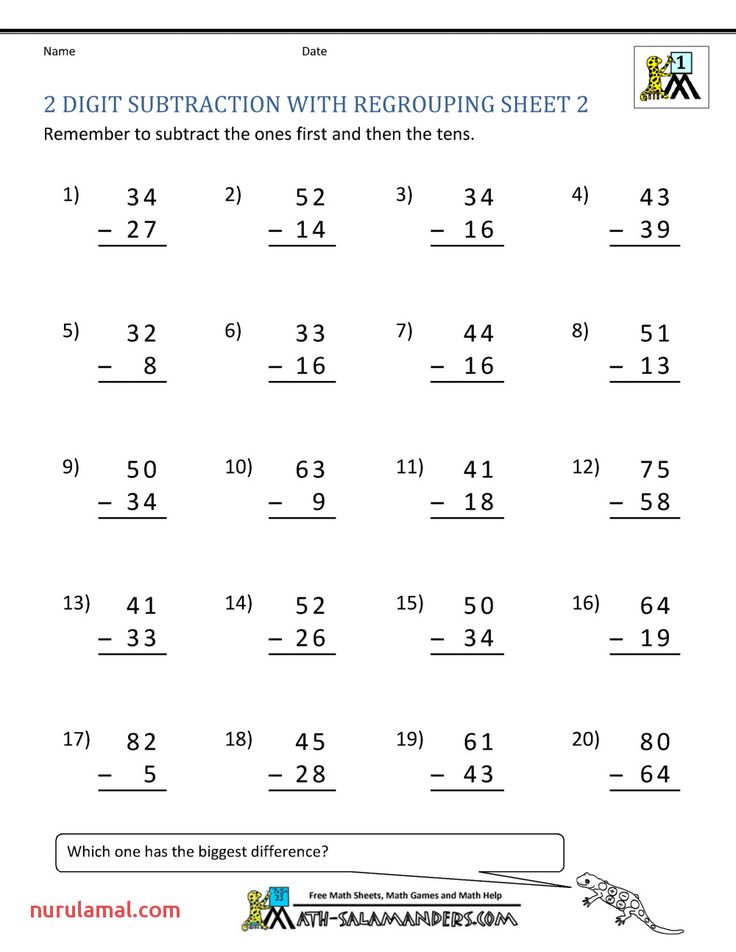 These are a perfect first introduction to subtraction for students in kindergarten or first grade.
These are a perfect first introduction to subtraction for students in kindergarten or first grade.
Picture Math Subtraction
Picture Math Multiplication
These printable worksheets use pictures and grouping to build a conceptual understanding of multiplication. These worksheets start out with simple multiplication picture problems where only basic counting skills are required to come up with subtraction number sentences, but later worksheets require students to produce a similar grid illustration to demonstrate their understanding of multiplication concepts. These are a perfect first introduction to multiplication for students in second grade, third grade or fourth grade.
Picture Math Multiplication
Money
These printable money worksheets feature realistic coins and bills in problems for identifying coins, making change, counting coins, comparing amounts of money. They build foundational recognition and counting skills in Kindergarten and first grade to prepare for full money practice necessary to pass second grade.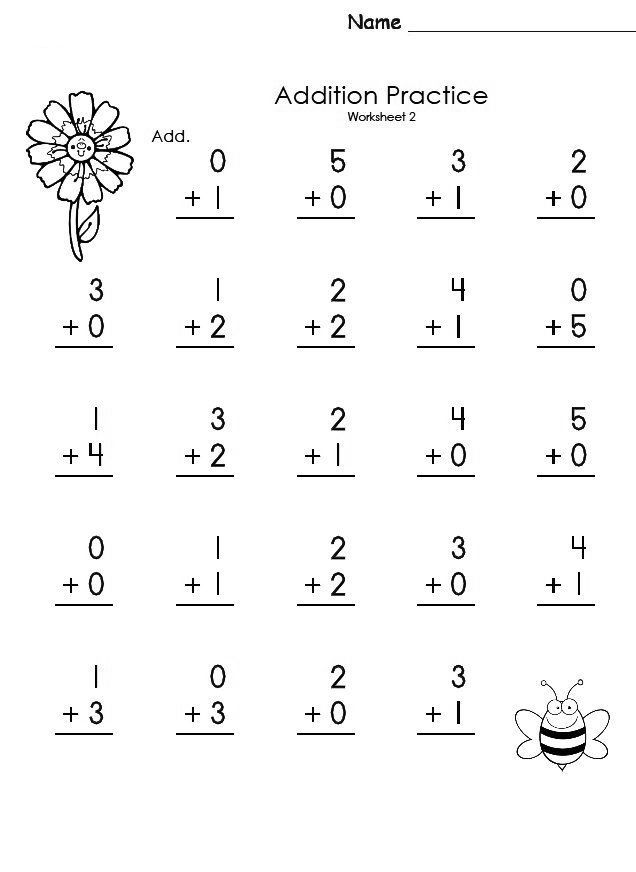
Money
Spaceship Math Check-Off
Spaceship check-off pages (complete with the Spaceship ship!) for tracking progress on the Spaceship Math or Rocket Math worksheets for each of the four basic operations.
Spaceship Math Check-Off
Color By Number
These coloring worksheets feature simple color by number instructions for young students who are either just learning their numbers or as a reward activity for older kids. You'll find a growing set of holiday and seasonal themes that I'll be adding to over time... Please check back often for updates, or if you have a suggestion send me a note at the contact link below!
Color By Number
Valentine's Day
Looking for worksheets to make learning math on Valentine's Day a bit more fun? This page has a collection of color by number worksheets appropriate for kindergarten through fourth grade, covering addition, subtraction, multiplication and division operations.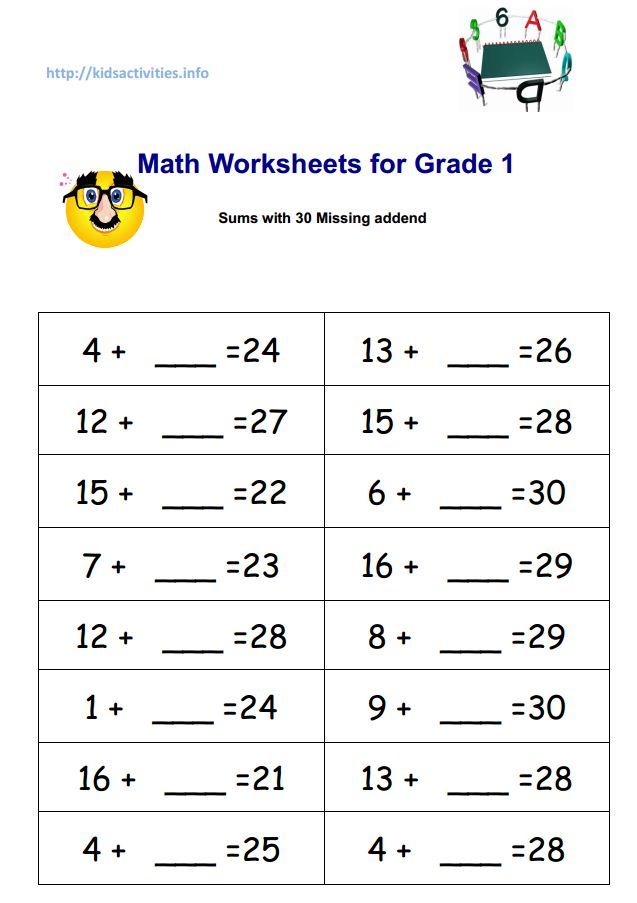 There are also a collection of simple math exercises with fun Valentine's Day themes.
There are also a collection of simple math exercises with fun Valentine's Day themes.
Valentine's Day
Earth Day
Looking for worksheets to make learning math on Earth Day a bit more fun? This page has a collection of color by number worksheets appropriate for kindergarten through fourth grade, covering addition, subtraction, multiplication and division operations. There are also a collection of simple math exercises with fun Earth Day themes.
Earth Day
St. Patrick's Day
You can't rely solely on the luck of the Irish when it comes to math, but these St. Patrick's Day do make it a bit more fun! This page has a collection of color by number worksheets appropriate for kindergarten through fourth grade, covering addition, subtraction, multiplication and division operations. There are also a collection of simple math exercises with fun St. Patrick's Day shamrock themes.
St.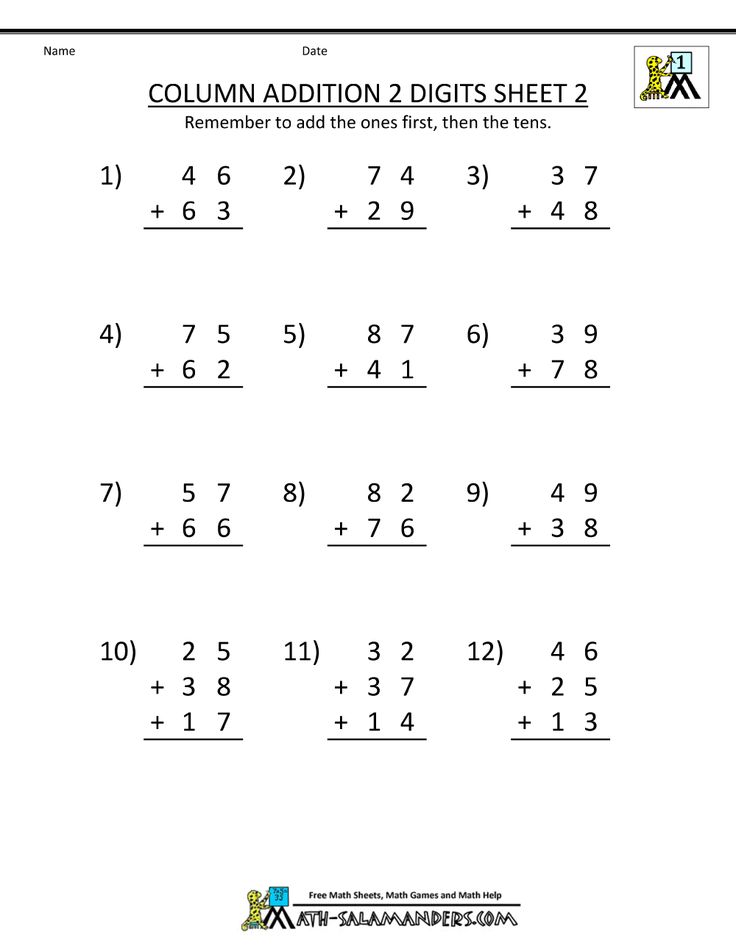 Patrick's Day
Patrick's Day
Spring
What better time of year to start growing some new math skills than Spring! This page has a collection of color by number worksheets appropriate for kindergarten through fourth grade, covering addition, subtraction, multiplication and division operations. There is also a collection of simple spring math worksheets with fun spring flower themes, along with a multiplication chart, hundreds chart, graph paper and coordinate plane!
Spring
Word Search Puzzles
Use these math word search puzzles to introduce vocabulary and terms to grade school students as they are introduced to new math concepts! These word search puzzles include sets for various Common Core aligned grade levels, along with specific topics for geometry, algebra and more!
Word Search Puzzles
First Grade Math Worksheets
1st grade math is the start of learning math operations, and 1st grade addition worksheets are a great place to start the habit of regular math practice.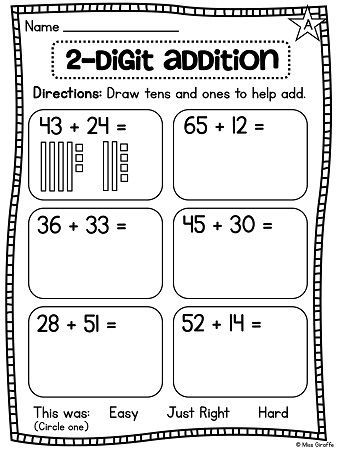 The math worksheets in this section are selected especially for first graders and working with them will build a solid foundation for math topics as students move on to higher grades. Students who master addition in first grade might get an early jump on subtraction math fact practice, and may even learn a few early multiplication facts. This is an exciting time for students learning math, and keeping the challenge and enthusiasm for math at a high level is a worthwhile endeavor for parents and teachers. The selection of 1st grade math worksheets here should be an excellent map for that journey and should provide a great headstart to 2nd grade math as well!
The math worksheets in this section are selected especially for first graders and working with them will build a solid foundation for math topics as students move on to higher grades. Students who master addition in first grade might get an early jump on subtraction math fact practice, and may even learn a few early multiplication facts. This is an exciting time for students learning math, and keeping the challenge and enthusiasm for math at a high level is a worthwhile endeavor for parents and teachers. The selection of 1st grade math worksheets here should be an excellent map for that journey and should provide a great headstart to 2nd grade math as well!
Supplement in Russian - rules, examples, definition
We will teach you how to write without errors and tell stories in an interesting way
Start learning
Often in Russian language lessons, students are asked to parse sentences into parts - we have already written how to do this. And today we will devote an article to the addition - we will tell you what direct and indirect additions are and how to determine them.
And today we will devote an article to the addition - we will tell you what direct and indirect additions are and how to determine them.
What is add-on
| add-on in Russian is a minor member of a sentence that answers questions about indirect cases and denotes an object. |
Additions to the sentence can answer the following questions:
-
Genitive: whom? what?
-
Dative: to whom? what?
-
Accusative: whom? What?
-
Instrumental: by whom? how?
-
Prepositional case: about whom? about what?
An object can be associated with a predicate or an attribute.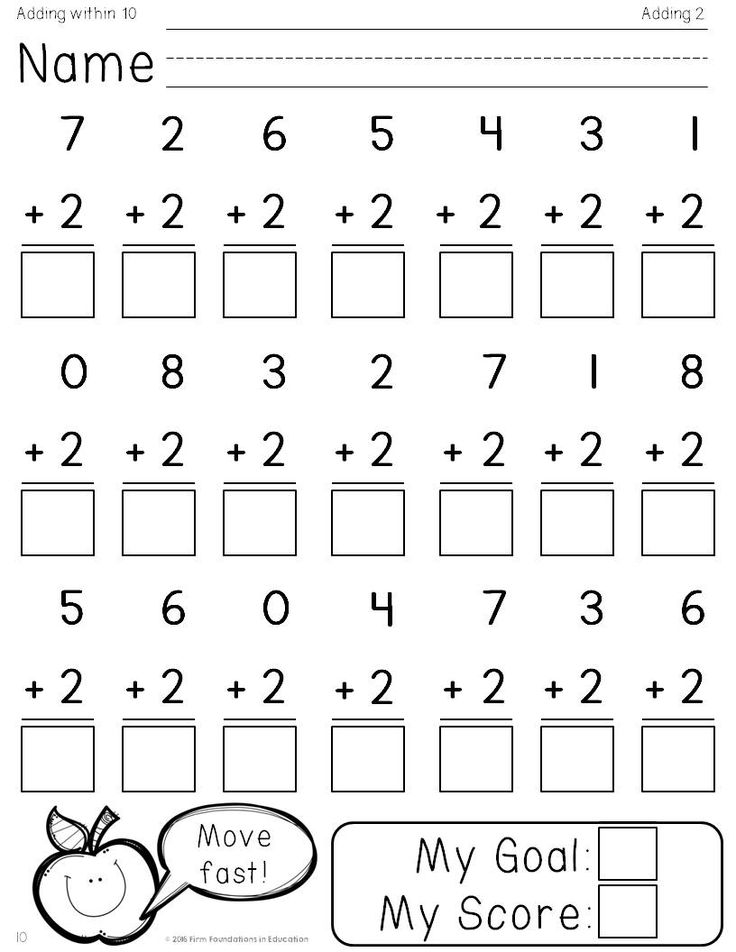 During the analysis of the proposal by members, it is distinguished by a dotted line.
During the analysis of the proposal by members, it is distinguished by a dotted line.
Example
How are different types of additions expressed?
| Part of speech | Add-on example |
|---|---|
| Noun | Grabbed (for what?) the fence |
| Pronoun | Handed over (to whom?) to him |
| Numeral | Divide (by what?) by three |
| Participle as a noun | Looked (at whom?) at the incoming |
| Adjective as a noun | Thinking (about what?) about the old one |
| Indefinite verb | Asked (about what?) to come |
| Phrase of noun and cardinal number | They talked (about whom?) about three bards |
| Adverb in the meaning of a noun | Tomorrow won't be like (what?) today |
| Interjection | We heard a loud (what?) meow from the room |
| Indivisible phrase that includes a noun in the oblique case | I went (to whom?) to my grandparents |
Demo lesson in Russian
Take the test at the introductory lesson and find out what topics separate you from the "five" in Russian.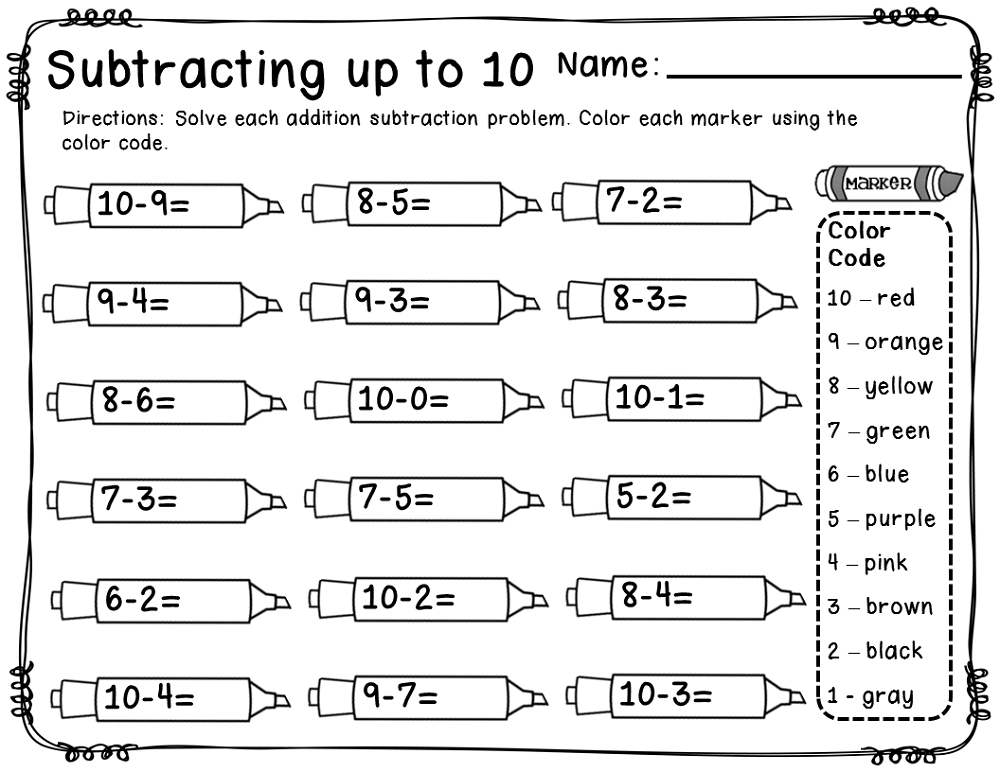
Direct object
| Direct object refers to transitive verbs and denotes the subject to which the action is directed. Such additions are expressed as a noun or pronoun in the accusative case without a preposition. Sometimes - in the parent. |
Consider examples of sentences to understand how direct objects are expressed.
| Genitive | Accusative |
|---|---|
| If there is a particle neither, a verb with not, a negative pronoun or an adverb that reinforces the negation: Never confided his secret to anyone | If the complement is expressed by a noun with a specific meaning: Do not tilt the banner. |
| If the meaning of the complement expresses a part of the whole: Did not buy sweets for tea | If the complement is before the control word: The land will not be taken away from them |
| If the object is expressed by an abstract noun: The morning did not bring clarity | If there is a construction not + auxiliary verb in personal form + controlling verb in indefinite form + addition: I don't want to remember the Orenburg siege |
Indirect addition
All additions that cannot be classified as direct are called indirect .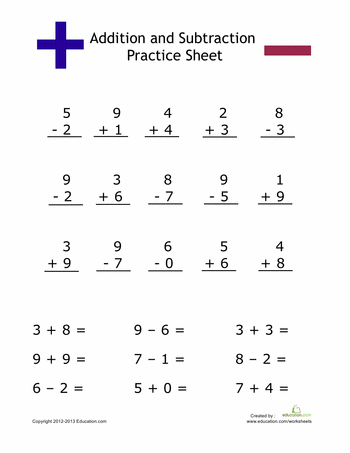
| How indirect objects are expressed | |
|---|---|
| Nouns and pronouns in the oblique case with or without prepositions | Passed him Turned to my sister |
| Participle as a noun | Looked at the incoming |
| Adjective as a noun | Thinking about old |
| Indefinite verb | Asked to come |
| Adverb in the meaning of a noun | Tomorrow won't be like yesterday |
| Numeral | Divide by three |
| Phrase of noun and cardinal number | They talked about three bards |
| Indivisible phrase that includes a noun in the oblique case | I went to my grandparents |
| Interjection | We heard a loud meow from the room |
Check yourself
Highlight the additions in these sentences and indicate how they are expressed.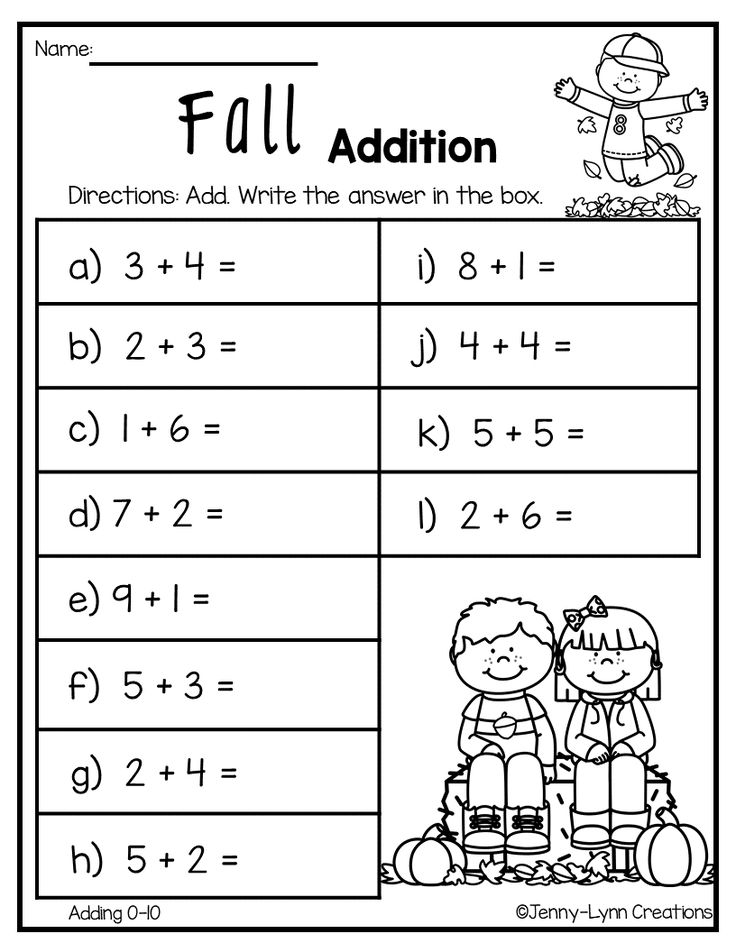
-
She recited poems to him about the plantain and the ringing of bells over the Loire.
-
He ran out into the yard without putting on his jacket.
-
All night he had vivid dreams about the three kingdoms.
-
It turned out that there were no fresh flowers in this house for a long time.
-
The old people asked me to visit them in winter, when the village is especially lonely.
-
We talked all night about those three stories and did not immediately notice how soon dawn came
Get ready for the OGE in the Russian language in Skysmart courses! You are waiting for interactive tasks and homework, examples from modern texts and one hundred percent attention of the teacher.
Cheat sheets for parents in Russian
All formulas in Russian at hand and free
Alena Fedotova
Author Skysmart
to the previous article
9000.9Kdifficult sentence
to the next article
Books
Get a plan for the development of speech and writing at a free introductory lesson
At an introductory lesson with a methodologist
-
We will identify gaps in knowledge and give advice on learning
-
Let's tell you how the classes are going
-
Let's choose a course
KNOW INTUIT | Lecture | Adding relationships to a class diagram and editing their properties
< Lecture 5 || Lecture 6 : 1234 || Lecture 7 >
Abstract: Adding an association to a class diagram and editing its properties.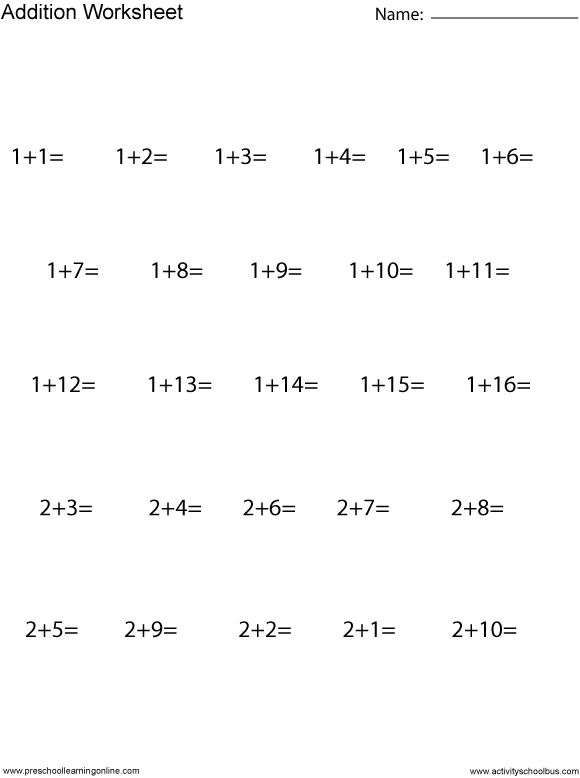 Adding aggregation and composition relations and editing their properties. Adding a generalization relation and editing its properties. The final construction of the class diagram of the ATM model.
Adding aggregation and composition relations and editing their properties. Adding a generalization relation and editing its properties. The final construction of the class diagram of the ATM model.
Keywords: class diagrams, association, pointer, software, access, field, multiplicity, value, object, navigation, relation, aggregation, toolbar, class, composition, localization, option, generalization, descendant, abstract class, controller, operations, visibility quantifier, return type, Currency, lists of values, display, menus
A class diagram is a logical representation of the structure of a model, so it should contain as many classes as needed to implement the entire project. At the same time, for a complete representation of the structure of the model, it is necessary to establish and specify the relationships between classes. This topic is the subject of this lecture.
Adding an association to a class diagram and editing its properties
Adding an association between two classes to a diagram is done as follows. On the special toolbar, press the button with the directional association icon and release the left mouse button. If the association is directed, then on the class diagram it is necessary to select the first element of the association or the source from which the arrow comes, and, without releasing the pressed left mouse button, move its pointer to the second element of the relation or the receiver to which the arrow is directed. After moving to the second element, the mouse button should be released, which will add a directional association named Untitled between the two selected classes to the class diagram.
Continuing the development of the class diagram of the ATM model, let's add a directed association between the ATM Controller class and the ATM Transaction class to it in the described way (Fig. 6.1).
Fig.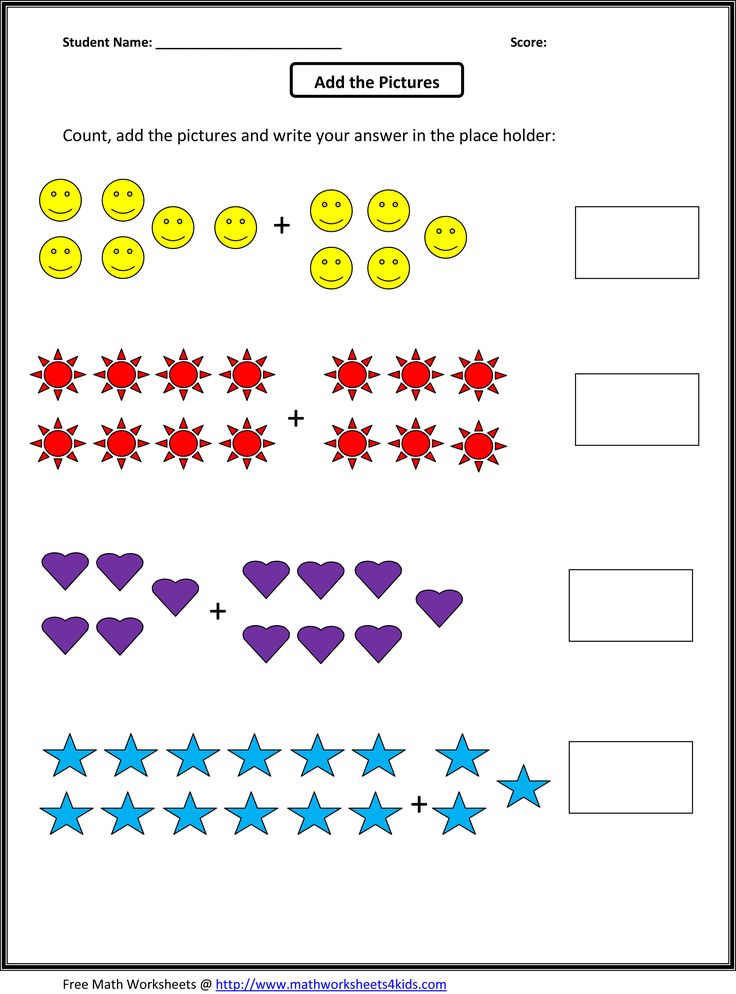 6.1. A fragment of the class diagram of the ATM model after adding a directed association to it
6.1. A fragment of the class diagram of the ATM model after adding a directed association to it
Let's change the name for this association, proposed by the default environment. This can be done using the Association Properties Specification window. Accessing the Association Properties Specification Dialog Box Association Specification can be obtained by selecting the association line on the class diagram or in the project browser and double-clicking on it with the left mouse button (Fig. 6.2).
Fig. 6.2. Association properties specification dialog box
To specify the name of the association, on the tab General (General) in the input field Name (Name) enter the text of its name: Creates and press the button Apply or OK to save the association name editing.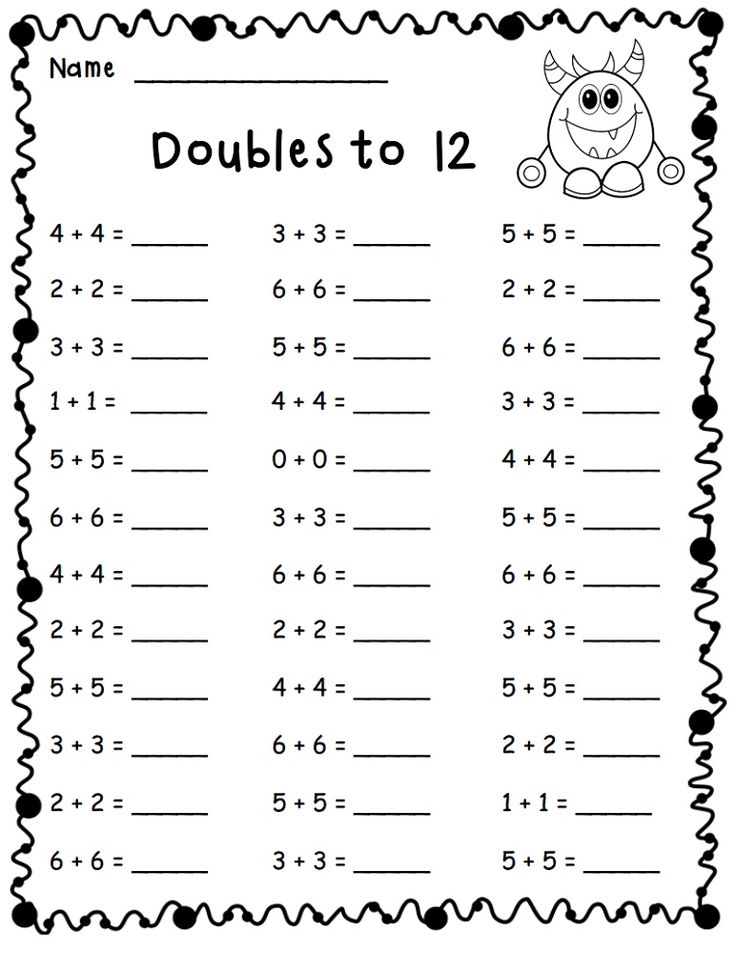 For an association, you can also set the multiplicity of each of the ends of the association, a stereotype, use restrictions and roles, as well as some other properties.
For an association, you can also set the multiplicity of each of the ends of the association, a stereotype, use restrictions and roles, as well as some other properties.
For the association added to the class diagram, set the end multiplicity of the association for the ATM Controller class to 1. To do this, go to the tab Role B Detail in the association properties specification window and select the value 1 from the nested list Multiplicity . Similarly, you should set the association end multiplicity for the ATM Transaction class to 1..n, for which, on the Role A Detail tab, select the value 1..n from the nested list Multiplicity . In terms of meaning, this will mean that each object of the ATM Controller class can be associated with one or more objects of the ATM Transaction class.
If the association is undirected, then the order of class selection can be arbitrary, and after adding the association to the class diagram, you should change the value of the corresponding property of this association.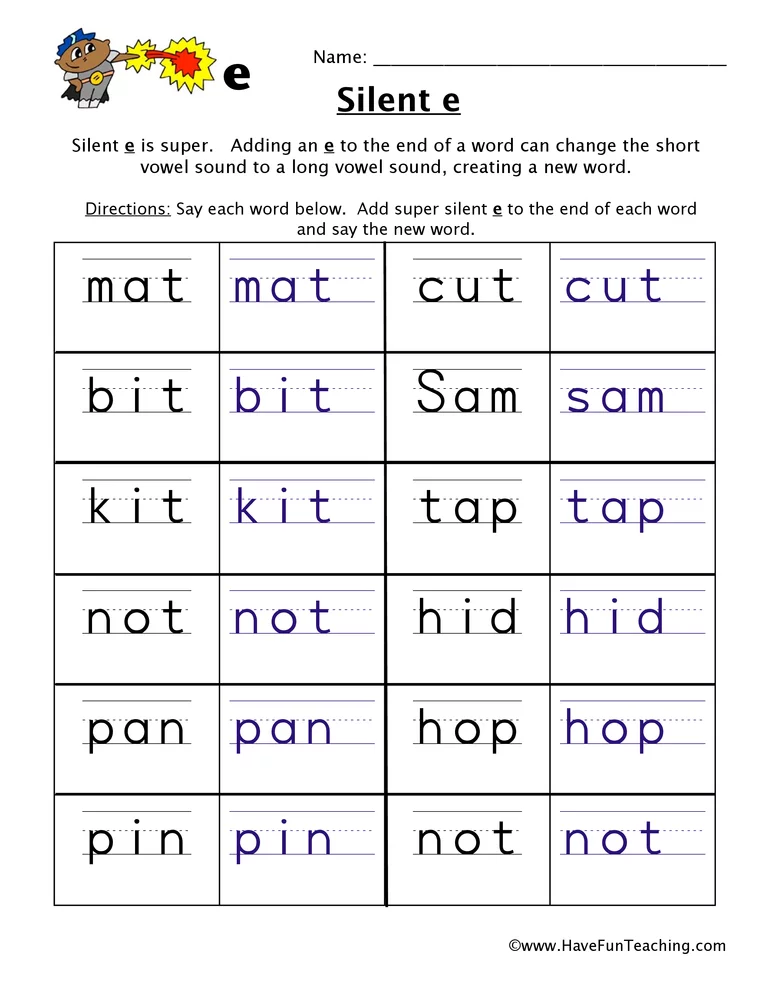

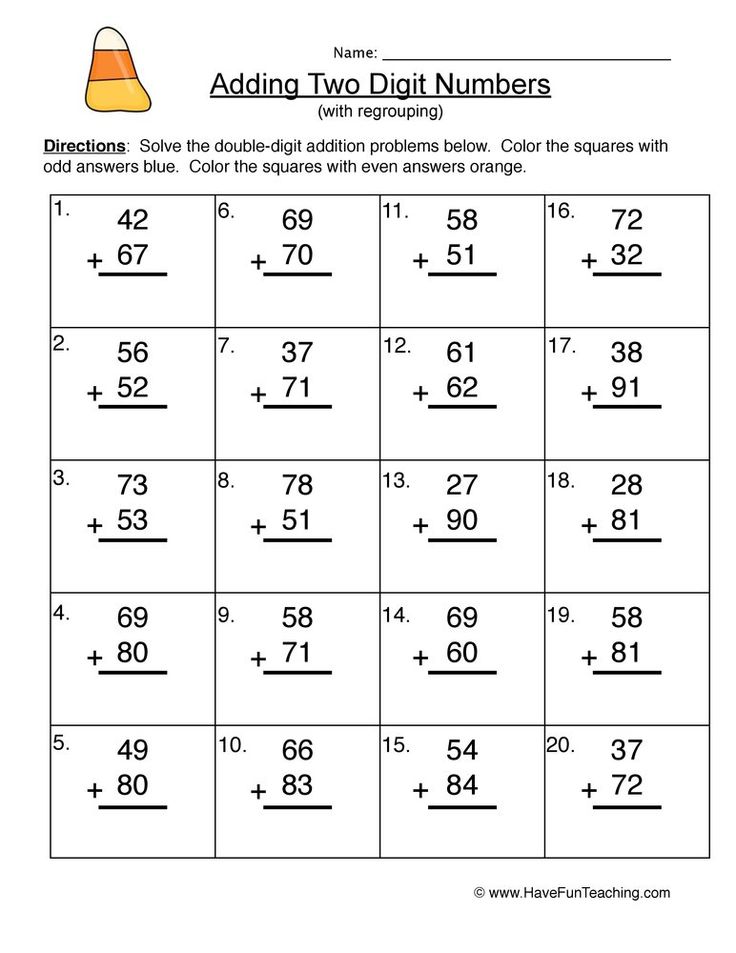 ..
.. 
